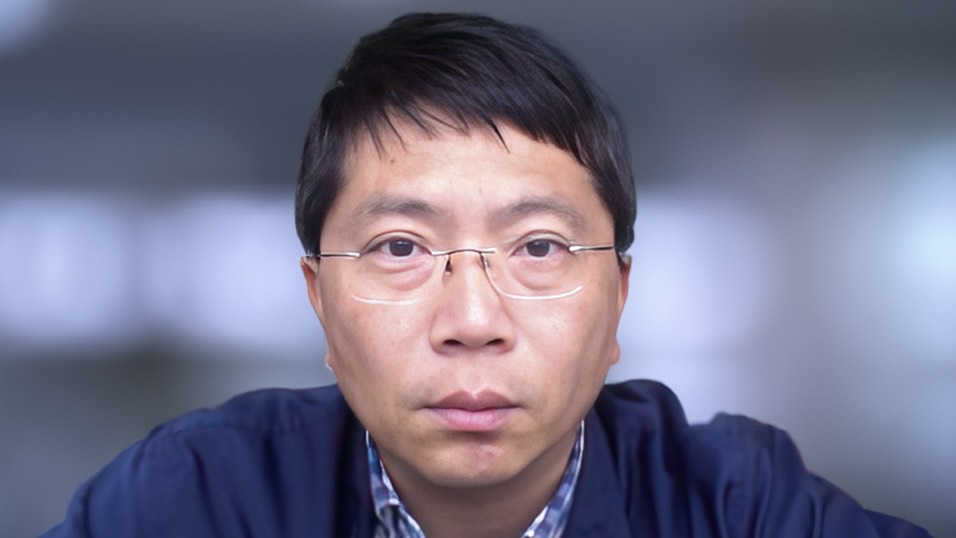Rita Aksenfeld | January 12, 2024
Key takeaways:
- Drug development can take a long time as scientists need to test a large number of potential drug molecules to find one that works.
- Researchers at UCLA designed a novel AI model that outputs molecules matching desired drug parameters significantly better than earlier models.
- This model could accelerate drug development by suggesting a narrowed pool of new potential drug molecules for scientists to investigate.
Artificial intelligence (AI) recently came to the forefront of public consciousness when generative language and art models such as ChatGPT and DALL-E became popular. Scientists use similar AI programs to solve problems in many other fields, from astronomy to molecular design. In the Statistics and Data Science Department at UCLA, Professor Ying Nian Wu and his colleagues develop new AI tools to help medical scientists speed up the process of drug discovery.
At present, the process of creating a new drug takes a long time in part because scientists need to test a very large number of molecules to find one that has the desired properties and effectively treats a disease. Scientists like Wu are creating AI programs that input existing information about these molecules to suggest new ones that have optimal drug properties. This means that fewer molecules need to be tested so drugs could be developed faster and people could benefit from them sooner.
Wu’s lab brings two novel approaches together to solve this problem in a paper presented at the 39th Conference on Uncertainty in Artificial Intelligence (UAI 2023).
“The basic idea is that we use generative AI for the purpose of optimization.”
Professor Ying Nian Wu
First, the researchers optimize the AI’s representations of drug molecules, rather than the AI itself as prior models would. Second, instead of immediately using this model to predict potential drug molecules with certain properties, the researchers “shift the entire population towards a better result using small, gradual extrapolation”. These gradual extrapolations are essentially small steps from the molecules scientists already know about towards molecules with the properties they want. By doing this rather than one large step between the two, they actively focus the model on desired properties.
Together, these two approaches allow the AI model to suggest molecules that match the desired drug properties much better than earlier AI programs designed for this purpose. Since the publication of this work, a PhD student working on this project, Deqian Kong, has “further improved performance by almost an order of magnitude,” according to Wu. In collaboration with Professor of Bioengineering Sheng Zhong and his group at UCSD, Wu and Kong are using this method to design molecules for the Zhong lab’s studies into Alzheimer’s Disease. As for the future of this AI method, the researchers “are trying to develop this into a general optimization method,” says Wu. The goal is for the AI method to be able “to solve many very difficult optimization problems, such as programmed chemical synthesis and language modeling.”
When discussing his work on AI models, Wu emphasized the importance of using them as tools to address problems other scientists work on.
“We have been working on [these models] for a long time and feel very excited to apply our models to a real-world problem.”
Professor Ying Nian Wu
As with all AI models, this one requires the input of a large data set. This comes from the work of other scientists who publish their data publicly for others to use. Now, AI researchers like Wu can generate new data for those same scientists to use to steer their work. “We enjoy collaborations, especially molecular design problems,“ says Wu.
The work Prof. Wu and his lab on developing AI models could help medical scientists accelerate the drug development process. Collaborations between computational and medical scientists can feed back with each other to make real world applications happen quicker.
 UCLA Professor of Statistics and Data Science, Ying Nian Wu.
Image credit: Amazon Science
UCLA Professor of Statistics and Data Science, Ying Nian Wu.
Image credit: Amazon Science